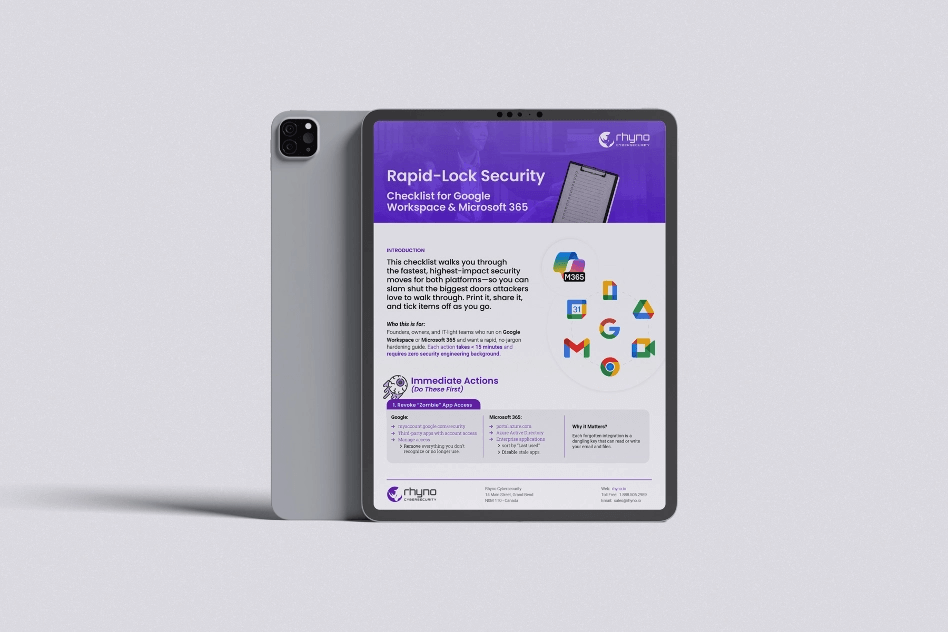Ransomware attacks are rising, and technology isn’t making it any easier. Ransomware climbed by 40% to 199.7 million incidents in the third quarter of 2020. Attacks in the United States alone have risen by 139 percent yearly, totalling 145.2 million instances in Q3 2020. The significant transition from a linear assault methodology to an insidious multi-dimensional Ransomware-as-a-Service (RaaS) model is the driver for the recent surge in ransomware attacks. But what exactly is Ransomware-as-a-Service (RaaS)? Ransomware-as-a-Service is a new phenomenon in cyber security. This subscription-based business model allows hacker partners and affiliates to conduct ransomware attacks using pre-developed ransomware tools. Affiliates profit from each successful ransom payment. Ransomware as a Service (RaaS) is a business concept very similar to Software-as-a-Service (SaaS). Previously, coding knowledge was required for all successful hackers. However, with the advent of the RaaS paradigm, this technological requirement has been fully eliminated. RaaS customers, like other SaaS users, do not need to be trained or even experienced to utilize the product effectively. RaaS technologies, as a result, enable even the most inexperienced hackers to carry out very intricate cyberattacks. RaaS give out huge profits to their affiliates. Since 2019, the average ransom demand climbed by 33% to $111,605, with certain affiliates earning up to 80% of each ransom payment. RaaS solutions are primarily built for victim proliferation because of their low technical barrier of entry and massive affiliate earning possibilities.

PROTECT YOUR CHILDREN ONLINE.
ARE YOU WORRIED ABOUT THE TIME YOUR CHILDREN SPENT ONLINE?
Download a copy of our parent’s guide to safeguarding kids online. Protect your children with passion
- 🎯 +15 different activities you can share with your children.
- 💬 Specific advice for children from 1 to 15 years old.
- 🚀 Tips you can apply to enhance protection for your loved ones.

